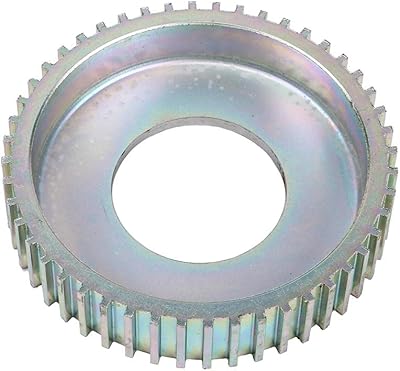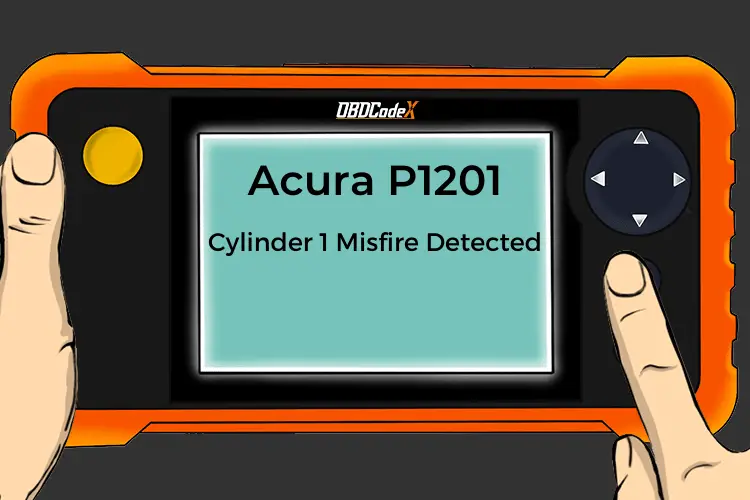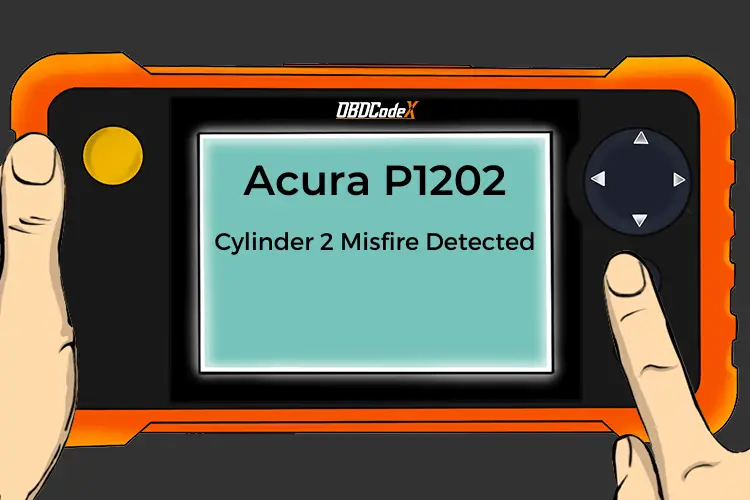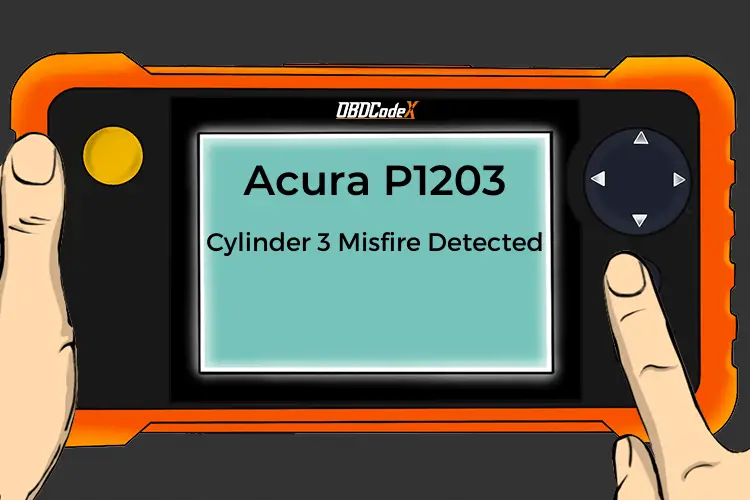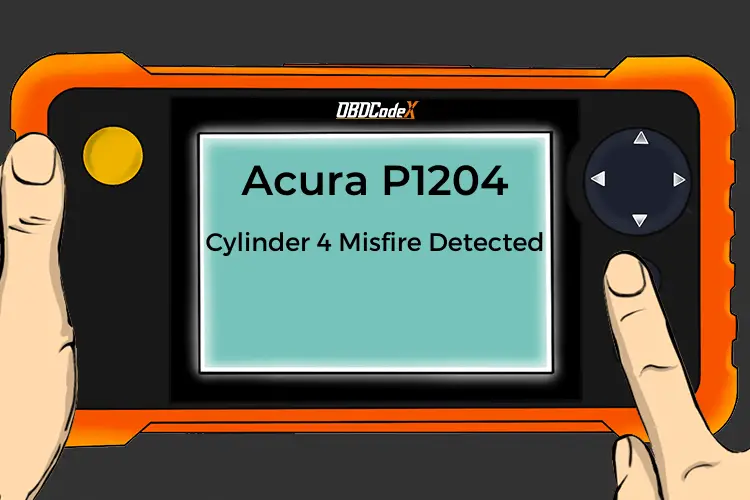P0313: Misfire Detected with Low Fuel
Is your scanner showing P0313?
No worries. We'll show you what it means and how to deal with it.
P0313: Misfire Detected with Low Fuel
OVERVIEWWhat Does The P0313 Code Mean?
Code P0313 refers to an engine misfire under low fuel conditions. It is one of a few ambiguous codes on a vehicle, which if taken at face value, diagnosed and corrected seems straightforward enough.
The code is set when the computer –through signals from a range of sensors — determines that the engine miss is due to a lean (to much air and not enough fuel) condition. If the fuel level is low enough to uncover the fuel pump, sporadic pressure surges due to the pump’s inability to pick up the remaining fuel will cause a “Lean” condition.
In all likelihood you have either lowered the fuel level to low before refilling, or you have a legitimate fuel delivery problem. If the fuel system proves to be working properly, several other mechanical failures can cause this scenario.
What Are The Symptoms Of The P0313 Code?
Symptoms may include:
- Trouble code P0313 misfire detected with low fuel
- Rough running engine
- Hard or no start
- Hesitation on acceleration
- Lack of power
What Are The Potential Causes Of The P0313 Code?
The causes for this DTC may include:
Most likely:
- Low fuel level exposing fuel pump
- Failing fuel pump
- Fuel filter clogged
- Fuel pressure regulator failure
- Clogged or failed fuel injectors
- Short or open circuit in fuel pump harness
- Poor electrical connectors
Additional possibilites:
- Spark plugs
- Ignition wires
- Faulty reluctor ring
- Carbon-fouled valves
- Mass air flow sensor
- Faulty distributor cap
- Faulty coil packs
- Lack of compression
- Large vacuum leak
How Can You Fix The P0313 Code?
It’s important to start by going online and checking all the relevant TSBs (technical service bulletins) relating to this code. If the fuel system is not the problem, several vehicles have a peculiar problem that tends to set this code.
For example, BMWs have a set of three oil separator hoses beneath the intake manifold that when cracked, create a vacuum leak that sets this code.
Check your factory and extended warranty to see if it is still covered, and for how long.
Purchase a code scanner from your local auto parts store, or borrow one. They are relatively inexpensive and not only retrieve the codes, but they have an accompanying code cross-reference sheet for explanations and can reset the computer upon completion.
Connect the scanner to the OBD port below the dash on the driver’s side. Turn the key to “On” and depress the “Read” button. Make a note of all the codes and cross-reference them with the code sheet. Additional codes could be present that will direct you to a particular area, such as:
- P0004: Fuel Volume Regulator Control Circuit High
- P0091: Fuel Pressure Regulator 1 Control Circuit Low
- P0103: Mass or Volume Air Flow Circuit High Input
- P0267: Cylinder 3 Injector Circuit Low
- P0304: Cylinder 4 Misfire Detected
Repair any additional code(s) and retest by clearing the code with the scanner and test driving the vehicle.
If no supporting codes are present, then start with the fuel filter. The following diagnosis and repair procedures require a few special tools:
- Special fuel filter removal wrenches
- Fuel pressure tester and adapters
- Fuel can
- Volt/Ohmmeter
Make sure there is at least a half a tank of fuel.
- Connect the fuel pressure tester to the fuel test port on the fuel rail. Open the valve on the tester and allow the fuel pressure to drain into a gas can. Close the valve on the tester.
- Raise the vehicle and replace the fuel filter.
- Turn the key on and check for leaks.
- Pull the connector to the fuel pump module loose and check for voltage at the fuel pump. To do this a helper will need to cycle the key on for five seconds and off for five. The computer energizes the pump for two seconds. If the computer does not see the engine turning it shuts the fuel pump off.
- Probe the terminals in the connector for power. At the same time listen to the pump energize. If there is no sound or an unusual sound the pump is failing. Make sure the wiring harness and connector are in good shape.
- Lower the vehicle and start the engine. Make a note of the fuel pressure at an idle. If the engine runs better and the fuel pressure is within limits as per the service manual the problem is repaired.
- If this failed to resolve the problem, look for any vacuum leaks going to the intake manifold.
- Pull the vacuum hose off the fuel pressure regulator. Look for fuel inside the hose. Fuel means the diaphragm failed.
If the fuel pump is faulty, take it to a service facility to replace. It makes technicians nervous when dropping the fuel tank. One spark can bring disaster. Don’t attempt it at home, lest you blow up your house and the surrounding homes if an unfortunate accident should occur.
Recommended Parts
Below are some recommended auto parts to help you address the trouble code affecting your vehicle and get it running smoothly again:
Note: During the purchasing process, please check carefully whether the part you want to buy fits your car!
Check This Video For Reference
Reference Sources
Diagnostic Trouble Code (DTC) Charts and Descriptions for P0313 – Page 58.








